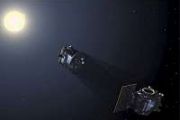
Copernical Team
NASA scrubs launch of new moon rocket after engine problem
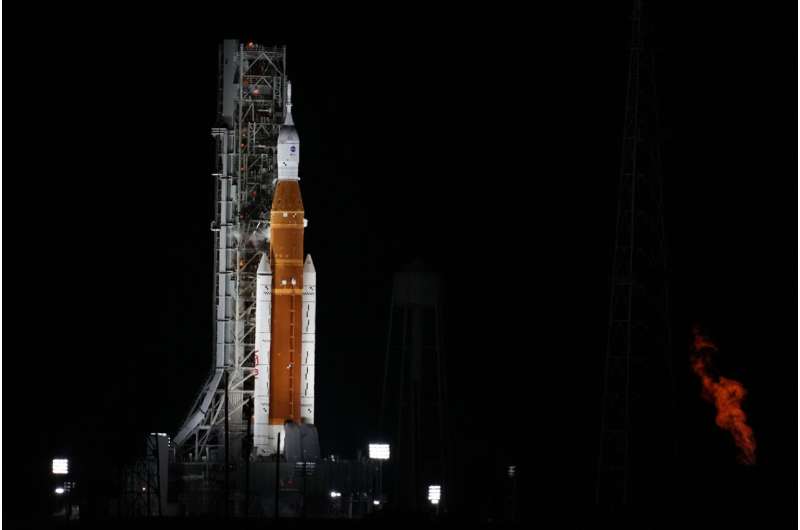
A fuel leak and then an engine problem during final liftoff preparations led NASA to call off the launch of its mighty new moon rocket Monday on its debut flight with three test dummies aboard.
The next launch attempt will not take place until Friday at the earliest and could be off until next month.
Scientist sending yeast and algae to space on Artemis 1

When NASA's Artemis 1 lunar mission takes off on August 29, on board will be four science experiments—including one from Canada.
UBC pharmaceutical sciences professor Dr. Corey Nislow is sending yeast and algae cultures into space, in a pod not much bigger than a shoebox, to study the effects of cosmic rays and near zero gravity on living organisms.
When the spacecraft returns after its uncrewed 42-day orbit around the Moon, Dr. Nislow will get his samples back, along with the information they contain.
In this Q&A, he explains what the NASA project could mean for medical advances on Earth and in space.
What is it exactly that you're sending into to space, and why?
We chose to study Chlamydomonas reinhardtii—a single-cell green alga—and 6,000 yeast mutants.
NASA says Friday launch of giant Moon rocket possible
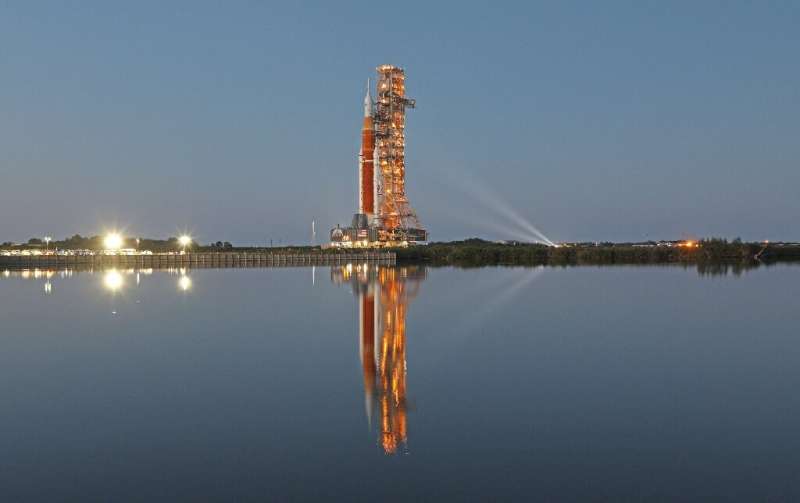
A test flight of NASA's powerful new Moon rocket may be possible on Friday, officials said, after the US space agency scrubbed Monday's launch because of an engine issue.
"Friday is definitely in play," Artemis 1 mission manager Mike Sarafin told reporters.
"They're still holding in the launch countdown configuration and we're preserving the option for Friday."
Explore further
© 2022 AFP
A centered error entropy-based sigma-point Kalman filter for spacecraft state estimation with non-Gaussian noise
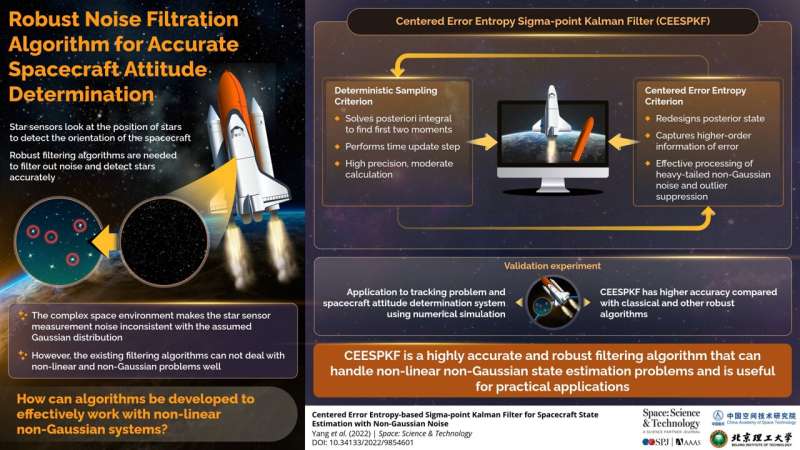
A spacecraft attitude kinematics model, attitude measurement model, and filter algorithm are three important parts in spacecraft attitude determination, and a high-precision filtering algorithm is the key to attitude determination. The classical sigma-point Kalman filter (SPKF) is widely used in a spacecraft state estimation area with the Gaussian white noise hypothesis.
Although the SPKF algorithm performs well in ideal Gaussian white noise, the actual operating conditions of the spacecraft in orbit are complicated. Space environmental interference, solar panel jitter, and flicker noise will make the noise no longer meet the Gaussian distribution and present a heavy-tailed non-Gaussian situation, where the classical SPKF filtering method is no longer applicable, and there will be obvious accuracy degradation or even filtering divergence.
In a research paper recently published in Space: Science & Technology, a joint team from the Army Engineering University of PLA and Chinese Academy of Military Science, proposed a robust Centered Error Entropy Unscented Kalman Filter (CEEUKF) algorithm by combining the deterministic sampling criterion with the centered error entropy criterion.
First in-situ temperature measurement of the thermophysical properties of lunar farside regolith

Lunar regolith is a layer of loosely-packed rocky grains deposited on the lunar surface, whose physical and chemical properties are important for deciphering the geologic history and formulating lunar spacecraft design. Probing the thermal conductivity of the lunar regolith has drawn a lot of attention since the Apollo era. Early measurements focused on the Apollo regolith samples, but the experimental data were available only at a few landing sites at the nearside.
The CE-4 spacecraft landed at 45.4446°S, 177.5991°E, on the floor of Von Kármán crater, on January 3rd, 2019. After landing, the Yutu-2 rover was released via the deployed two rails.
Fuel leaks threaten to delay launch of new NASA moon rocket (Update)
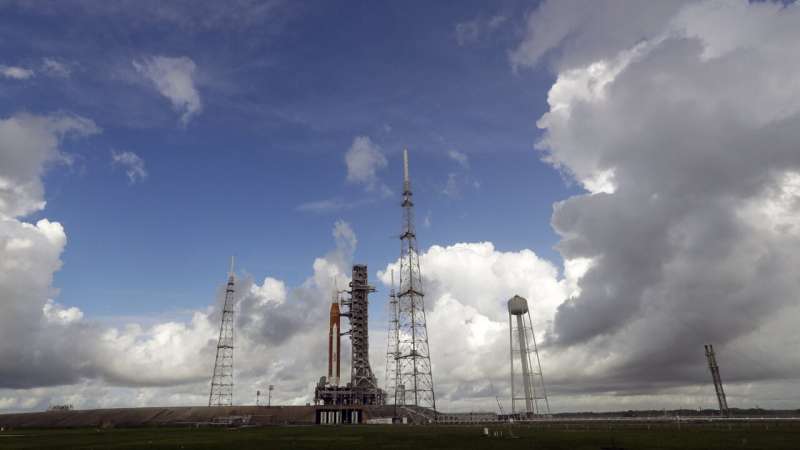
NASA began fueling its new moon rocket early Monday for liftoff on a test flight to put a crew capsule into lunar orbit for the first time in 50 years.
Thunderstorms delayed the fueling operation by an hour. The threat of lightning diminished enough to allow the launch team to proceed with loading the rocket's tanks.
Engine problem leads NASA to scrub launch of new moon rocket

A fuel leak and then an engine problem during final liftoff preparations led NASA to call off the launch of its mighty new moon rocket Monday on its debut flight with three test dummies aboard.
The next launch attempt will not take place until Friday at the earliest and could be off until next month.
AI illuminates permanently shadowed regions on the moon
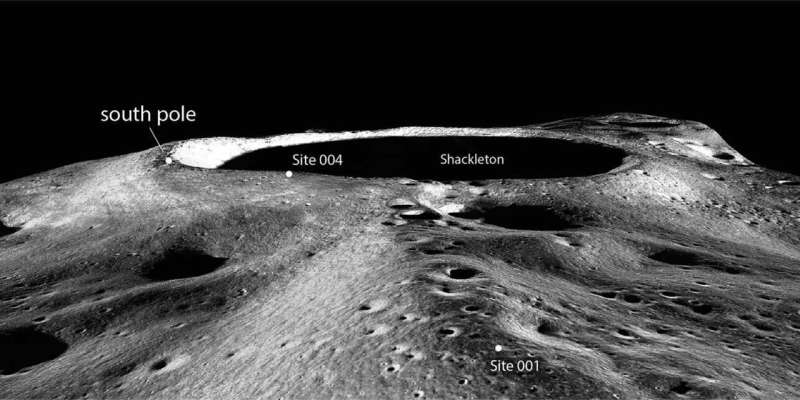
With the help of artificial intelligence, an international research team led by ETH Zurich has explored the moon's permanently shadowed regions. The information they have obtained about the area's surface properties will help to identify suitable locations for future lunar missions.
It was 1972 when the last humans landed on the moon. The Apollo program was discontinued thereafter. But interest in the moon has been rekindled. With China having landed a robot—and raised its flag—on the far side of the moon in 2020, NASA is planning for its Artemis program to land in the lunar south pole region, probably between 2025 and 2028.
Artemis I launch attempt scrubbed

The countdown has started for the first human-rated launch to the Moon in over half a century. ESA’s European Service Module will be powering the Orion spacecraft to our natural satellite and back.
Energy particle detector helps Shenzhou-14 crew conduct EVAs
 The energy particle detector deployed on Wentian, the first lab module of China's space station, will help the Shenzhou-14 crew members carry out extravehicular activities (EVAs), according to the China Manned Space Agency (CMSA).
The Wentian module has been operating stably in orbit for nearly a month, and the Shenzhou-14 crew have been training and preparing for their first EVAs during t
The energy particle detector deployed on Wentian, the first lab module of China's space station, will help the Shenzhou-14 crew members carry out extravehicular activities (EVAs), according to the China Manned Space Agency (CMSA).
The Wentian module has been operating stably in orbit for nearly a month, and the Shenzhou-14 crew have been training and preparing for their first EVAs during t 















